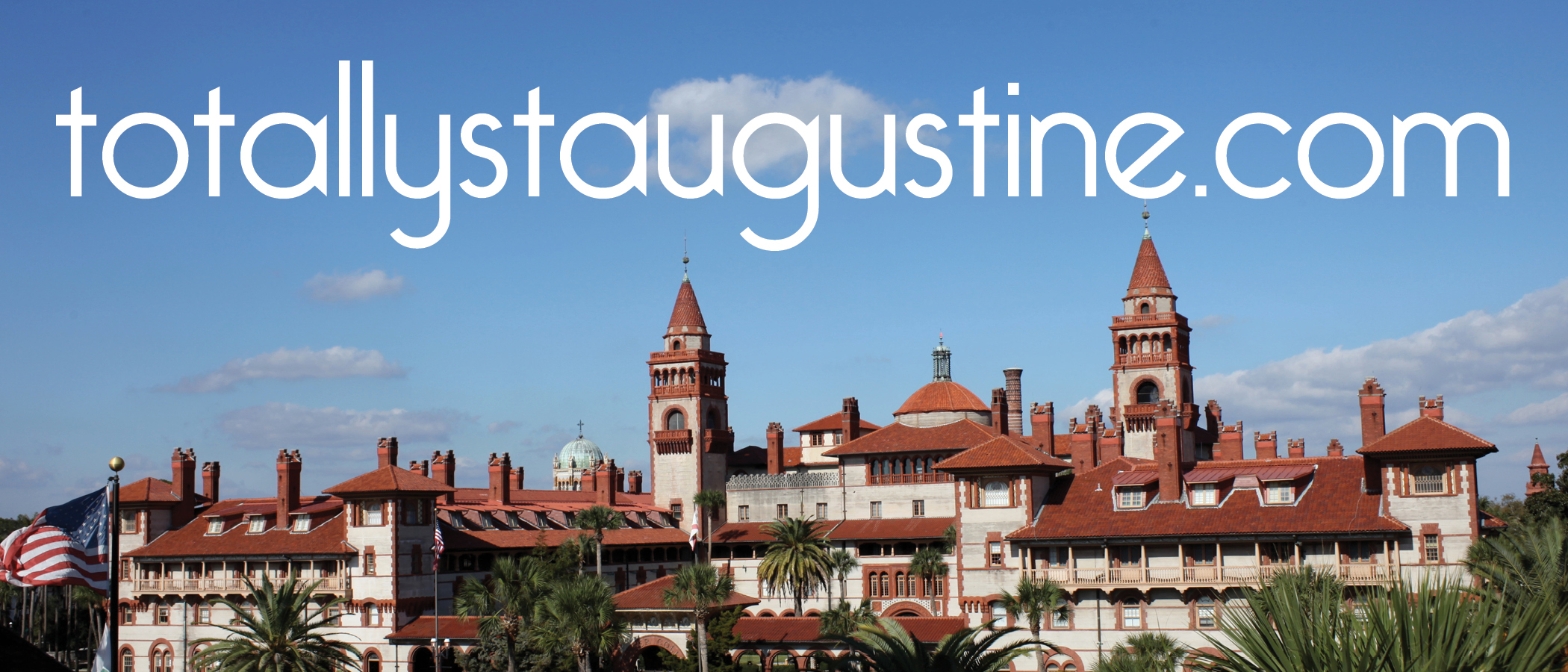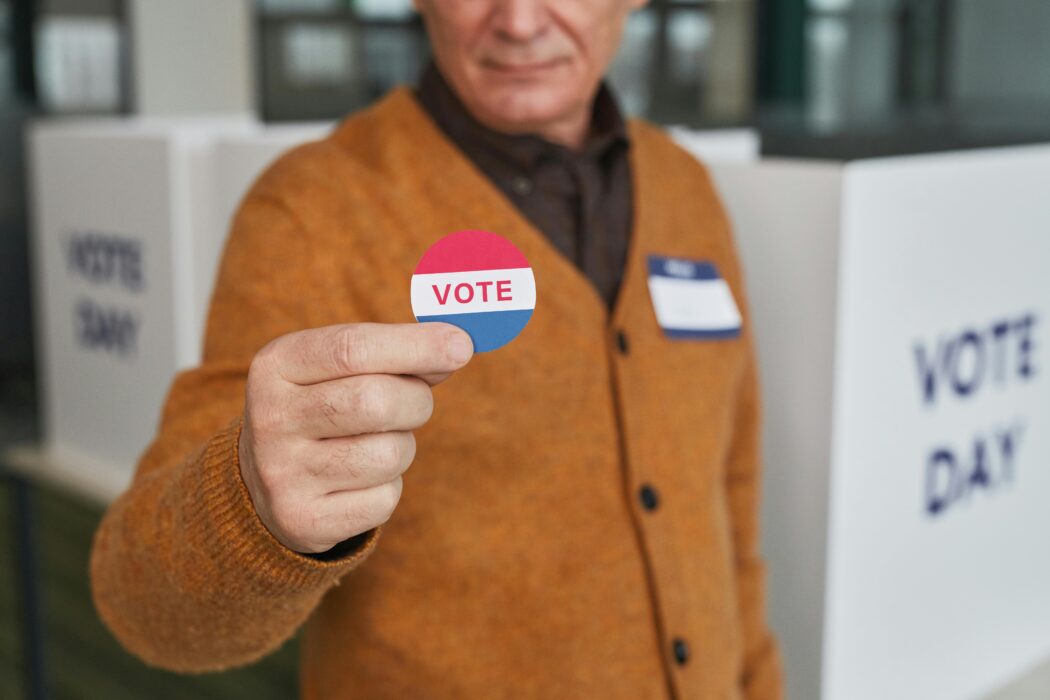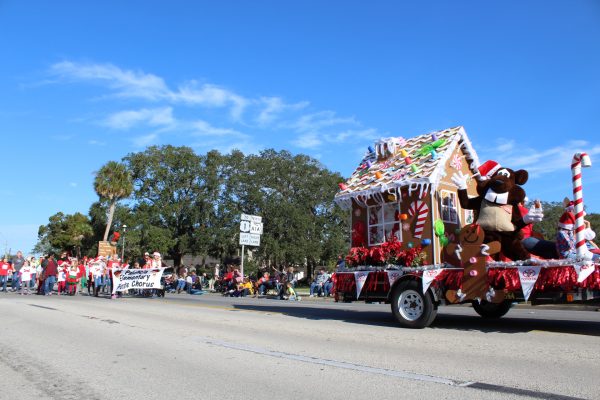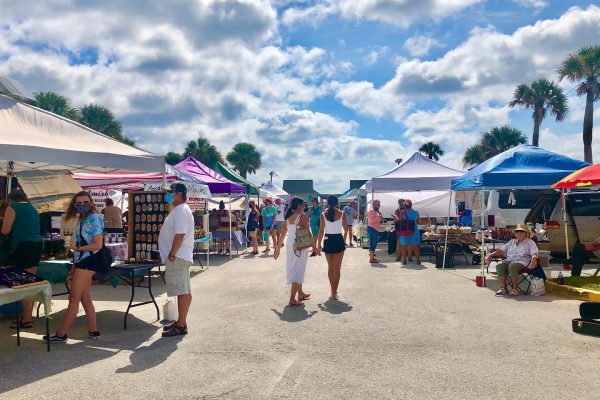By Ed Albanesi
St. Augustine Columnist
The last two items on the ballot in this year’s presidential election are two county School Board referenda that will ask voters to voluntarily maintain the sales tax and raise the property tax they currently pay.
In 2015, St. Johns County voters approved a referendum that added one-half percent to the county sales tax. It raised the tax from 6.0 percent to 6.5 percent. More than 60 percent of the voters countywide approved the referendum. If the voters do not approve the sales tax referendum on this year’s ballot, the sales tax will revert to 6.0 percent in 2026.
Revenues collected from this increased tax are used for school construction, reconstruction and improvement of school facilities. This column will address how all this worked out and whether voters should again approve the tax increase.
The second measure on this year’s ballot will ask the voters to add one mill annually to their property taxes. The ballot language states that revenues collected will be used to increase teacher pay and for other purposes. I will not be presenting my opinion on that referendum in this column.
For the past seven years I have been privileged to sit on a Citizens Advisory Committee, whose purpose was to monitor and advise the School Board and the community as to the expenditure of the sales tax proceeds. The committee meets four times annually to review how the taxpayers’ money has been spent and provide feedback to county school board staff. Once per year, the committee presents an annual report to School Board members.
To date, the county has collected nearly $200 million in sales tax revenue, in addition to about $50 million in bond revenue received at the program’s outset. Including interest income, the School Board has budgeted just under $260 million for a number of needed and worthwhile projects.
The largest bucket of funds, $121 million, went for new school construction, including full or partial construction of five schools and academies. The two schools fully funded by sales tax revenue were Picolata Crossing Elementary and Freedom Crossing Academy.
School expansions were funded to the tune of almost $26 million, while another $42 million was put aside for future school construction and expansion.
More than $26 million was used for the maintenance of county educational facilities. To that end, 13 schools from across the county have received either full or partial roof replacements.
The School Board approved more than $28 million to keep county schools supplied with badly needed technology updates. This included spending for items such as LED panels, Wi-Fi, screen beams and both student and teacher computers.
Safety was a priority area for spending and nearly $16 million was used to provide for single points of entry and camera/monitoring systems for all county schools. Also included in this expenditure were mobile panic alert systems, and radio and GPS systems for the county’s entire fleet of school buses.
I am hopeful the last several paragraphs have provided a brief, birds-eye view of where the public’s half-cent sales tax dollars have gone. As brief an overview as it was, it is likely a lot more detailed a summary than you usually get about government spending. But if you want even more information, you can find it online at halfcentsuccess.com.
When this referendum was first on the ballot in 2015, I spent a long time deciding how I was going to vote. It ultimately became the first (and last) tax increase I ever voted in favor of. When I cast my absentee ballot in a few days, it will become the second tax increase to ever receive my personal approval. Should it receive yours? I leave that up to the reader and voter.
I am not going to compare the personal cost of this tax to the daily purchase of a cup of coffee. I hate it when folks pushing tax increases do that. Small tax increases become cumulative after a while. Soon the “cup of coffee” becomes breakfast. And then “breakfast” becomes drinks and dinner at a fancy uptown restaurant.
Also, I think government officials sometimes give more emphasis to the needs of government entities than they do to the needs of those being asked to fund those government entities. What makes this a little different is that I know, with a pretty good degree of specificity, where my half-cent sales tax is going. And I like the destination.
There is little doubt in my mind that the elected School Board members could spend double or triple the amount of revenue received from the half-cent sales tax and the funds would be wisely spent. But I’m pretty sure I would not be in favor of that and, more importantly, that’s not what voters are being asked to approve.
Please make your voices heard by voting.




